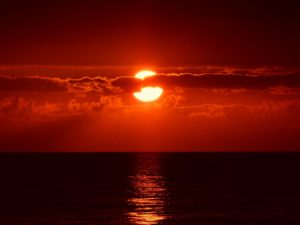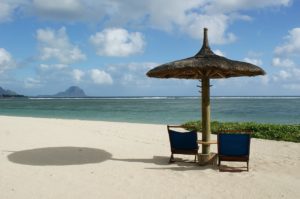Incomparable Florida More Than Sunshine and Palm Trees
The third most populous state in America, Florida has a long and interesting history. For this reason, it is both a highly popular area in which to live and a favorite vacation destination for individuals of all ages. Inhabited by Native Americans whose tribes date back 14,000 years, the first Europeans did not reach its shores until the 16th century, when it was discovered by Juan Ponce de Leon while reportedly searching for the fountain of youth.
The explorer believed that he first viewed the peninsula in March, 1513, but most history experts believe that it was likely one of the islands now known as the Bahamas that first came into the ship’s view. However, Ponce de Leon arrived on Florida’s east coast on April 7th of that same year, during the Spanish Easter celebration, Pascua Florida. Staying true to Spanish custom, he named the area that he had discovered after an upcoming Roman Catholic feast, the Pascua de la Florida, which is Spanish for “passion of the flowers,” the latter of which is a feast held in observance of the crucifixion.

An American State
Other explorers were quick to follow throughout the next several decades including Panfilo de Narvaez who explored Florida’s gulf coast in 1525 and Tristan de Luna Arellano who briefly settled the area now known as Pensacola. As with most parts of the United States, violent battles with Native Americans were not uncommon in Florida throughout the next two centuries. Additionally, both Spanish and British explorers engaged in battles with each other over settlements in various parts of the state throughout the 1700s. In 1810, James Madison claimed most of the region as part of the Louisiana purchase and Florida eventually became an organized United States territory in 1822. Twenty-three years later in 1845, Florida became the 27th state to join the American union.

Florida’s Allure
Regardless of what one has in mind when planning a vacation, it can be found in the state of Florida. Regardless of the city one chooses to visit, he or she is never more than two hours from the ocean, whether the beautiful shores of the Gulf of Mexico of the Atlantic Ocean’s panoramic coastline. The state’s land mass is over 58,000 square miles, and includes everything from uninhabited tropical areas to thriving cities such as Miami that rival U.S. destinations such as Manhattan. Tourists can visit the Florida Keys, where unforgettable sunsets can be viewed, or spend a week in Orlando where outstanding attractions such as Walt Disney World and Universal Studios are only moments away.
Those who enjoy communing with nature will not want to miss a trip to the Florida Everglades National Park, where spectacular waterways are inhabited by crocodiles, alligators, manatees and otters. The park has the distinction of being the world’s only location where crocodiles and alligators naturally coexist.

Other examples of outstanding attractions include Sarasota’s Performing Arts Center, the celebrated Kennedy Space Center in Cape Canaveral or the museums and cultural activities offered by historical St. Augustine, the latter of which is the nation’s oldest city. Regardless of the area one chooses to visit in Florida, no one is ever disappointed after trip to this beautiful and intriguing part of the country.






Exactly!
Thanks for the info!
Will always be my favorite state to vacation in!
Good information!
So true! I can tell this was written by a fellow Florida lover! 🙂
Good article. It is unfortunate that over the last ten years, the travel industry has had to handle terrorism, SARS, tsunamis, bird flu virus, swine flu, and the first ever entire global recession. Through it the industry has really proven to be effective, resilient plus dynamic, finding new methods to deal with trouble. There are generally fresh complications and possibilities to which the industry must all over again adapt and react.
Sweet blog!
A different angle. I liked it!